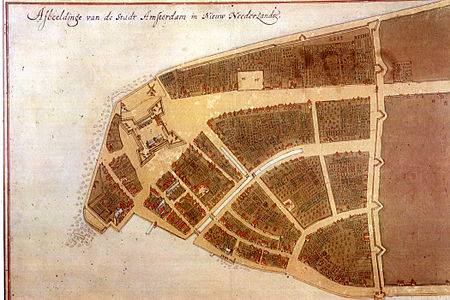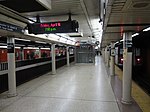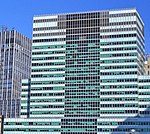Fort Amsterdam

Fort Amsterdam was a fort on the southern tip of Manhattan at the confluence of the Hudson and East rivers. It was the administrative headquarters for the Dutch and then English/British rule of the colony of New Netherland and subsequently the Province of New York from 1625 or 1626, until being torn down in 1790 after the American Revolution. It was the nucleus of the settlement in the area that became New Amsterdam and eventually New York City. In its subsequent history it was known under various such names as Fort James, Fort Willem Hendrick and its anglicized Fort William Henry, Fort Anne, and Fort George. The fort changed hands eight times in various battles including the Battle of Long Island in the American Revolution, when volleys were exchanged between the fort and British emplacements on Governor's Island. After the fort's demolition Government House was constructed on the site as a possible house for the United States President. The site is now occupied by the Alexander Hamilton U.S. Custom House, which houses the National Museum of the American Indian; Bowling Green is nearby. The construction of the fort marked the official founding date of New York City as recognized by its seal. In October 1683 what would become the first session of the New York legislature convened at the fort. Guns at the fort formed a battery that would later be the namesake of nearby Battery Park.
Excerpt from the Wikipedia article Fort Amsterdam (License: CC BY-SA 3.0, Authors, Images).Fort Amsterdam
State Street, New York Manhattan
Geographical coordinates (GPS) Address Website Nearby Places Show on map
Geographical coordinates (GPS)
| Latitude | Longitude |
|---|---|
| N 40.7042 ° | E -74.0137 ° |
Address
Alexander Hamilton U.S. Custom House
State Street 1
10275 New York, Manhattan
New York, United States
Open on Google Maps











